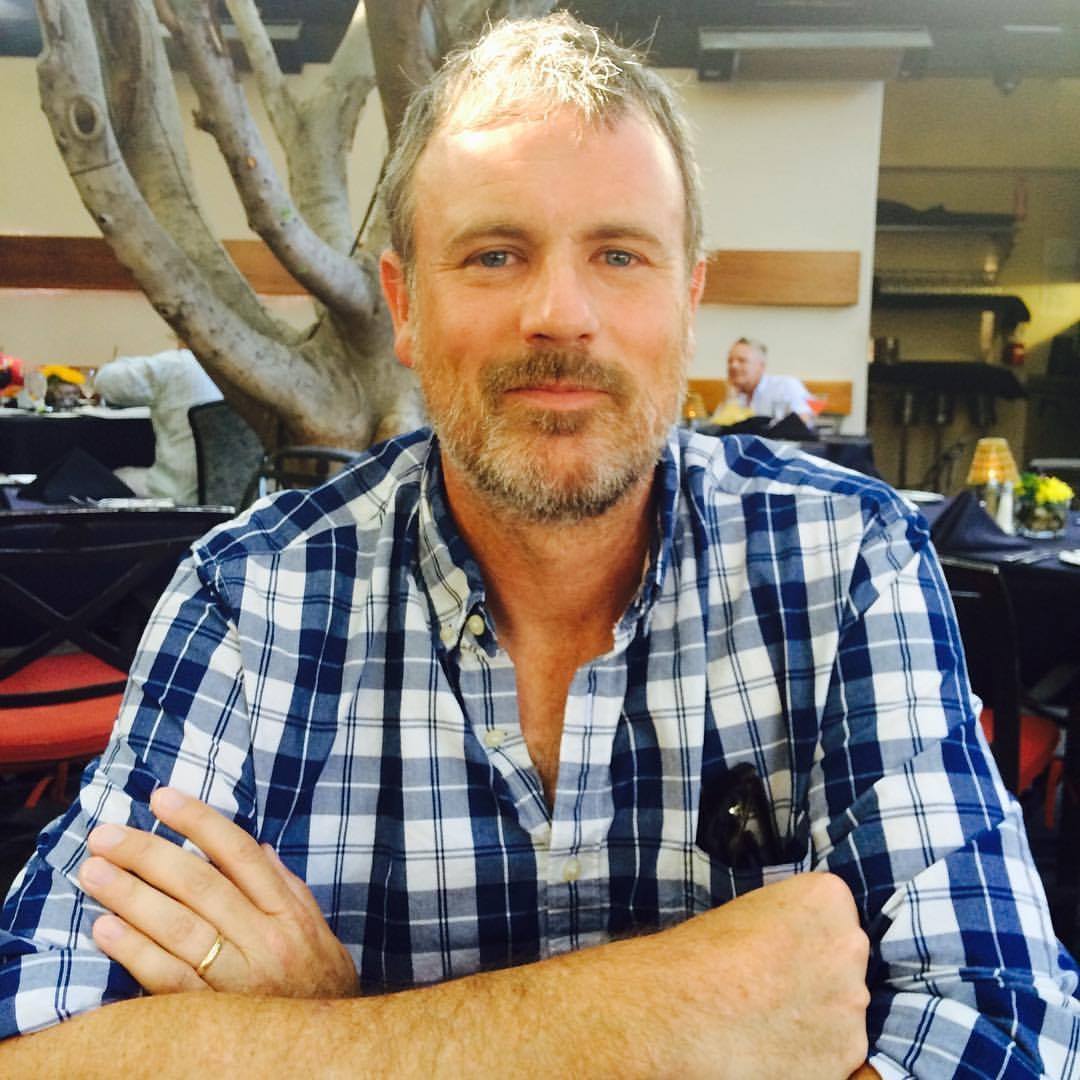Photo by Johan VogelOn March 31, U.S. District Judge Emmet G. Sullivan ruled that the Clinton administration's refusal to sell the state of California 1,000 acres of federal land in the Mojave Desert was both legal and proper.
Sullivan's ruling had the effect of pounding the penultimate nail into the coffin containing former Governor Pete Wilson's plan to dump radioactive waste in the remote Southern California location known as Ward Valley. Unless Governor Gray Davis appeals Sullivan's decision, the ruling effectively ends Wilson's 10-year effort to open a radioactive-waste dump in Ward Valley -just 22 miles uphill from the Colorado River aqueduct, the source of drinking water for millions of people. But Davis has been eerily silent on the matter.
Starting in 1997, hundreds of anti-dumping protesters guarded by burly members of the American Indian Movement occupied the dumpsite for nearly a year. Although scientists with Wilson's Department of Health Services (DHS) maintained that the proposed dumpsite was safe, concerns about its proximity to the aqueduct and the question of Ward Valley's status as sacred Indian land brought together opponents ranging from the Colorado River Native Nations Alliance and other Native American groups to environmental organizations and even the Clinton White House.
The controversy that ended with Sullivan's March 31 ruling began on Jan. 19, 1993, just days before Bill Clinton's inauguration. That's when then-U.S. Secretary of the Interior Manuel Lujn gave his approval for the sale of federal land to California that would have paved the way for Wilson's dumpsite. But Clinton quickly announced his opposition to Wilson's plan, and Bruce Babbitt (Lujn's replacement at the Interior Department) refused to approve the land transfer.
That didn't stop Wilson. In 1997, both DHS and the dumpsite's proposed operator, U.S. Ecology, sued Babbitt. That lawsuit died four months after Wilson left the governor's mansion in January.
Wilson's replacement, Democrat Davis, publicly stated his opposition to the dumpsite before taking office. But Davis has so far failed to utter a single word about what he plans to do next.
“At this point, the governor has no comment either on what has happened or on what the next step will be,” was all one Davis staffer would say.
At press time, Davis' position on Ward Valley's future as a dumpsite still hadn't changed. Making Davis' silence odder still is the fact that support for the project has already crumbled among even its most ardent proponents. In November 1998, in an unrelated matter before the California Public Utilities Commission, nuclear giant Pacific Gas N Electric (PG&E) revealed that it and other nuclear-waste generators in California hoped to tear apart their aging nuclear reactors ahead of schedule “in part to avoid the high costs of Ward Valley.” PG&E asserted the proposed dumpsite was “no longer necessary.”
The Ward Valley dumpsite's status seemed to move from critical to dead on April 3, a few days after Sullivan rejected Wilson's lawsuit. On that day, Joe Nagel, president of American Ecology, U.S. Ecology's parent company, announced that he had no plans to appeal the judge's ruling. “And we are not going to press Governor Davis to appeal,” he told the Associated Press on April 3. “I think Ward Valley is over; Ward Valley is dead. The real question is: What is the state of California going to do next?”
That question gains urgency with every day that passes without comment from Davis. Although it's unlikely that Davis plans to reverse his position on Ward Valley, the governor has yet to offer a specific plan on where California should dump its low-level radioactive waste. One option-already floated by PG&E-is to dump the waste in South Carolina and Utah. That option, PG&E reasons, would be cheaper than building a new dumpsite. Davis has just two other options: renew Wilson's efforts to dump waste in Ward Valley or announce his intention to find another suitable location somewhere in California. Neither proposal would win Davis any popularity contests with opponents of the Ward Valley dump.
Davis' silence in the past two weeks has been particularly troubling to Marion Pack, an organizer with the Orange County-based Alliance for Survival, one of the groups in the Ward Valley Coalition that helped coordinate the yearlong standoff with the Wilson administration at Ward Valley. “Ever since Governor Davis was elected, the Ward Valley Coalition and the Colorado River Nations Alliance have been demanding that Davis withdraw California from the lawsuits initiated by Governor Wilson against the Department of the Interior,” Pack said. “Fortunately, Judge Sullivan ruled in our favor. Now we call on Davis to put the final nail in the Ward Valley nuclear-waste-dump coffin.
“You just can't shove a dangerous dumpsite like this down people's throats,” Pack adds. “On this one, we can even agree with American Ecology: it's over.”

Award-winning investigative journalist Nick Schou is Editor of OC Weekly. He is the author of Kill the Messenger: How the CIA’s Crack Cocaine Controversy Destroyed Journalist Gary Webb (Nation Books 2006), which provided the basis for the 2014 Focus Features release starring Jeremy Renner and the L.A. Times-bestseller Orange Sunshine: The Brotherhood of Eternal Love’s Quest to bring Peace, Love and Acid to the World, (Thomas Dunne 2009). He is also the author of The Weed Runners (2013) and Spooked: How the CIA Manipulates the Media and Hoodwinks Hollywood (2016).


I’m in dote on with the cbd products and https://organicbodyessentials.com/products/cbd-sample-pack ! The serum gave my shell a youthful rise, and the lip balm kept my lips hydrated all day. Private I’m using disinfected, bona fide products makes me desire great. These are infrequently my must-haves after a renewed and nourished look!